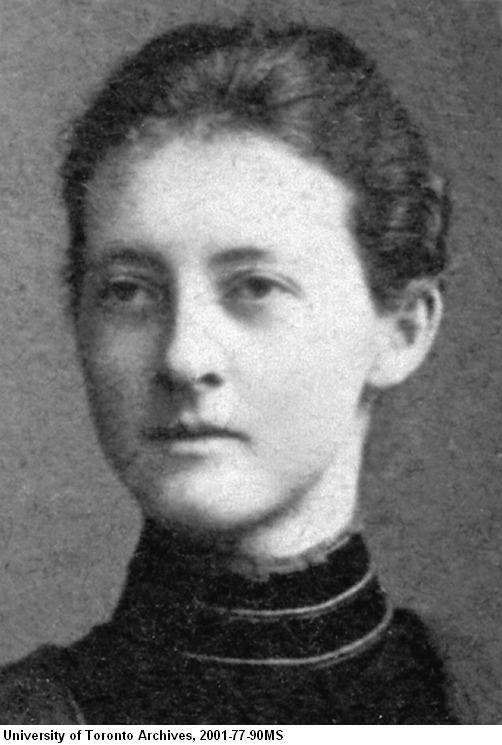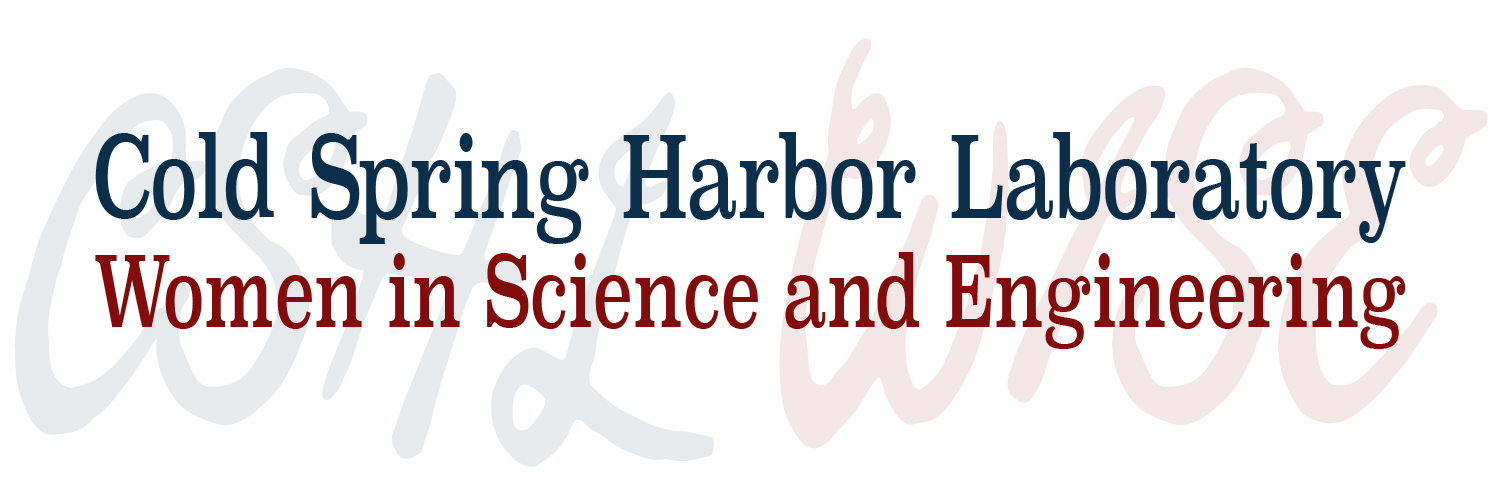 Clara Cynthia Benson (1875-1964) was a Canadian chemist and one of the first two women to earn a Ph.D. from the University of Toronto (U of T). Born in Port Hope, Ontario, she graduated from U of T with a degree in chemistry in 1899. This only one year after the school began admitting women, and women were still not allowed into the school's reading rooms and were denied access to the library catalogues. Nevertheless, she continued on to receive a Ph.D. in physical chemistry in 1903 and is possibly only the second woman to publish in the Journal of Physical Chemistry (JPC). Despite these accomplishments, she had difficulty finding work as a female physical chemist, so she took a position teaching food chemistry as part of U of T's Domestic Science program. She objected to the program's mission of training housewives, but "food chemistry" was one of the rare places in chemistry at the time where women were welcomed.
Clara Cynthia Benson (1875-1964) was a Canadian chemist and one of the first two women to earn a Ph.D. from the University of Toronto (U of T). Born in Port Hope, Ontario, she graduated from U of T with a degree in chemistry in 1899. This only one year after the school began admitting women, and women were still not allowed into the school's reading rooms and were denied access to the library catalogues. Nevertheless, she continued on to receive a Ph.D. in physical chemistry in 1903 and is possibly only the second woman to publish in the Journal of Physical Chemistry (JPC). Despite these accomplishments, she had difficulty finding work as a female physical chemist, so she took a position teaching food chemistry as part of U of T's Domestic Science program. She objected to the program's mission of training housewives, but "food chemistry" was one of the rare places in chemistry at the time where women were welcomed.
She made the best of her situation, switching from physical chemistry to biochemistry (she would later be the sole female founder of what is now the ASBMB (American Society for Biochemistry and Molecular Biology) and studying fluid and tissue composition. During World War I, she contributed to Canadian wartime efforts by developing ways to adapt food analysis techniques to explosives. She taught these methods to munitions workers, helping standardize their production.
In 1906, she became one of U of T's first two female associate professors. She helped develop the school's food chemistry program and, in 1926, was promoted to full professor and head of the Department of Food Chemistry (a position she held until her retirement as Professor Emeritus in 1945).
Benson was also a strong advocate for the development of women's athletics at U of T, helping lead a nearly 40-year-long effort to build a women's gymnasium. When the facility finally opened in 1959, it was named the Benson Building in her honor.
Benson made herself known as a great chemist and teacher to a scientific community that clearly wasn't prepared for her. For example, she was elected a fellow of the Canadian Institute of Chemistry in 1919, but was not allowed to attend their Annual Dinner in 1920 because she was a woman and she was listed in the 1920s' American Men in Science.
These days, the Canadian Society of Chemistry annually gives out the Clara Benson Award to honor female chemists working in Canada.
Photo: U of T
[sharethis-inline-buttons]
